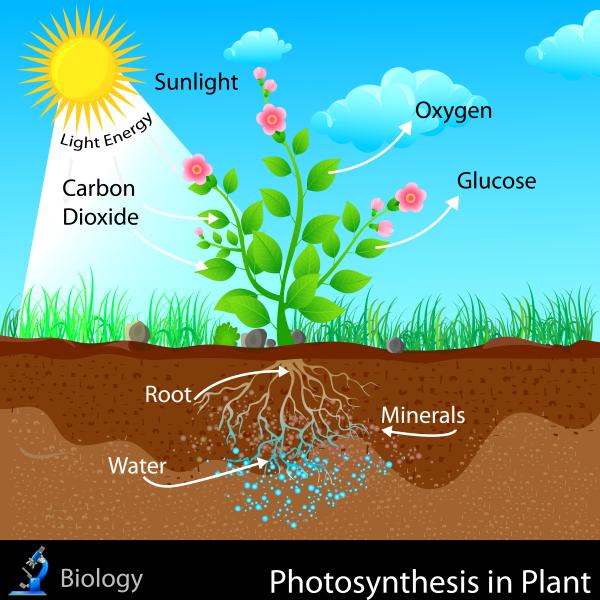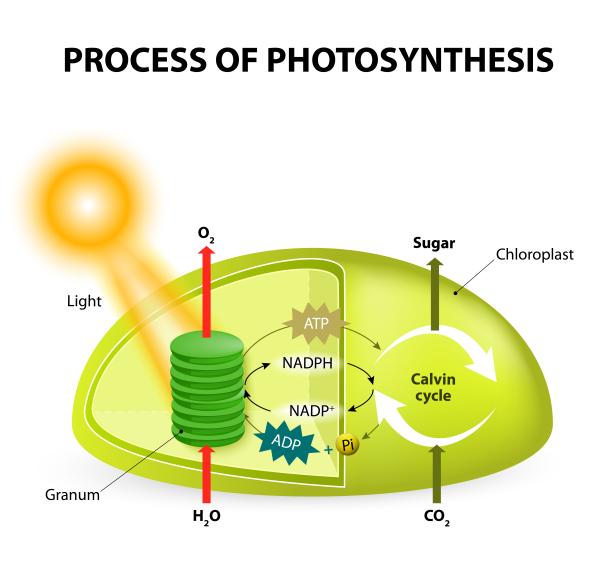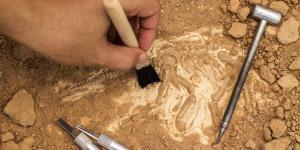How Do Plants Make their own Food


Plants are the primary producers. Life on earth is directly or indirectly dependent on plants as they are the primary source of food. Surprisingly, plants do not depend on any other organism for food. They are self sufficient and can make their own food. In this OneHowTo article we will know how plants make their own food.
Photosynthesis
Photosynthesis is the name of the process through which plants make their own food. The term photosynthesis is made up of two words: photo and synthesis.
Photo means light and synthesis means putting together.
Things needed by plants to make their own food
When we cook food we need different ingredient to make a meal. Similarly, plants to need various things for making their own food, which are:
- Chlorophyll: Chlorophyll is the green pigment that plants contain in their leaves. Even though chlorophyll is not actually used during photosynthesis but its presence is necessary for the process to occur.
- Sunlight: Sunlight is obtained by the plant during the daytime through leaves. In case sunlight is not available, the plant can also use light from an artificial light source such as a light bulb to make its food.
- Carbon dioxide: The carbon dioxide which human beings and animals release into the atmosphere is used by the plants. Carbon dioxide is absorbed by plant leaves through stomata, which are tiny pores situated in the underside of the leaves.
- Water and minerals: Plants need water and minerals from the soil for food production. Water and minerals from the soil are absorbed by the roots and then transferred through the stem to the leaves.

How does Photosynthesis occur
The process of Photosynthesis occurs in Chloroplasts. Chloroplasts are found in the cell of the plant leaves which contain chlorophyll.
When the sunlight and carbon dioxide is absorbed by the leaves and the water and minerals reach the leaves, a chemical reaction occurs called photosynthesis. Due to this reaction the water molecules break down into hydrogen and oxygen. The hydrogen and the carbon dioxide is then turned into carbohydrates i.e. glucose. This process is powered by sunlight. The glucose is used as food by the plant and it is sent to its various parts through a tissue called phloem.
The process of photosynthesis can be reduced to the following equation:
Carbon dioxide + Water (In presence of Chlorophyll and Sunlight) -> Glucose + Oxygen
The oxygen from this reaction is released into the atmosphere through the leaves. This oxygen is then used by human and animals to breathe.

If you want to read similar articles to How Do Plants Make their own Food, we recommend you visit our Learning category.






